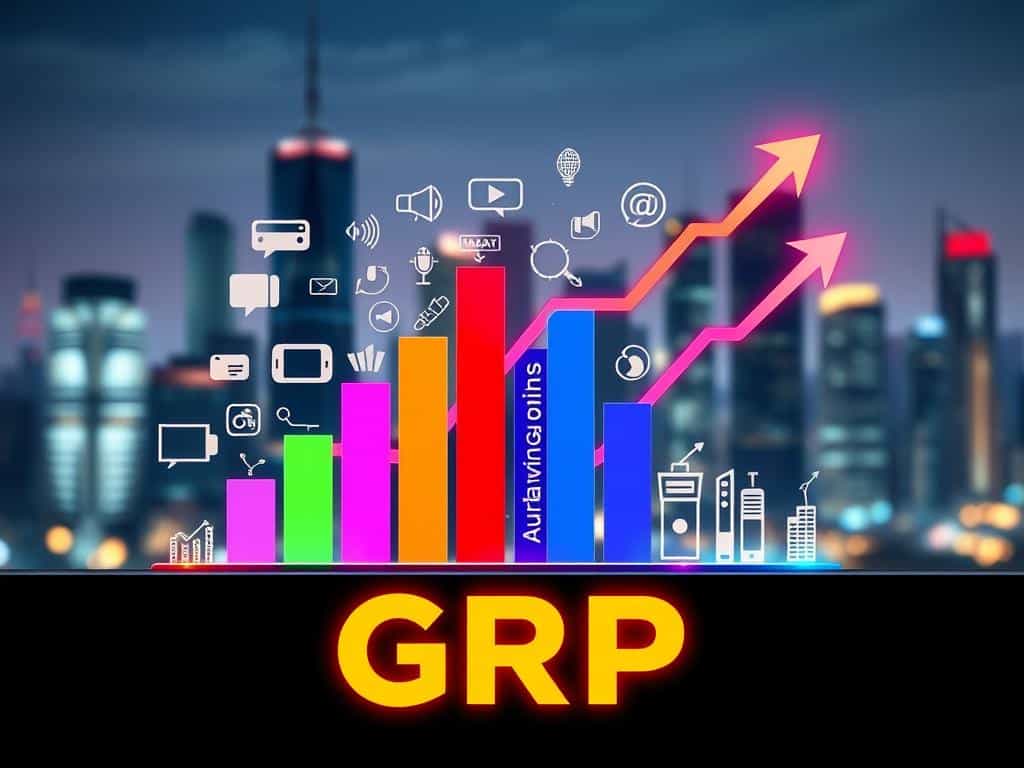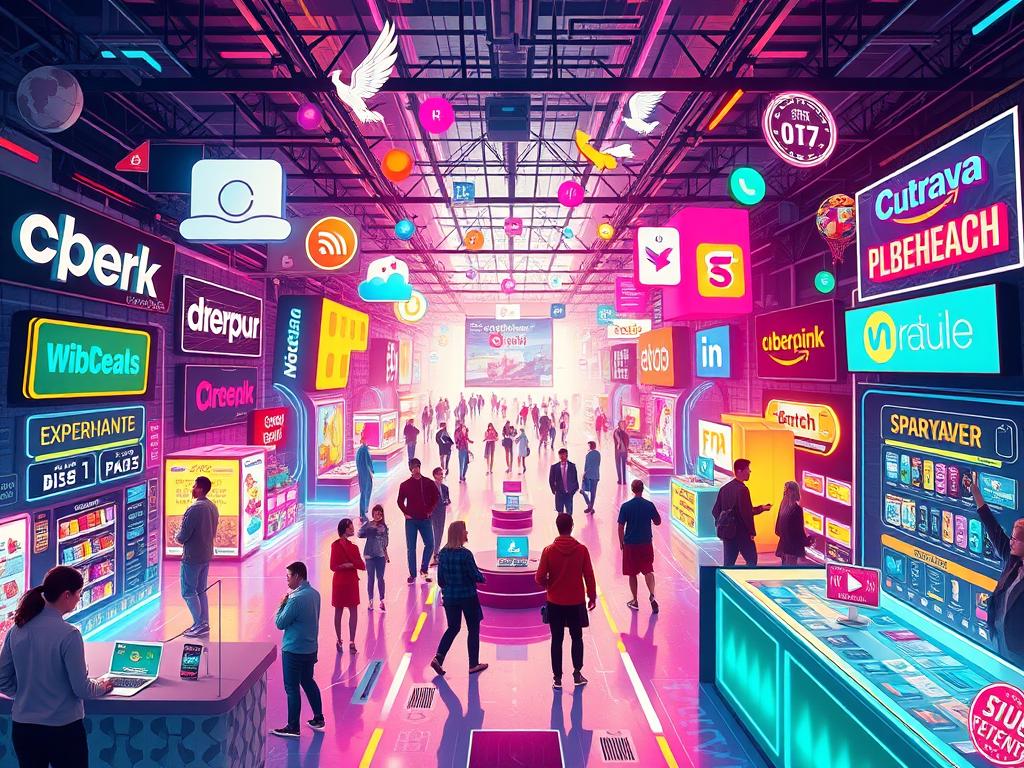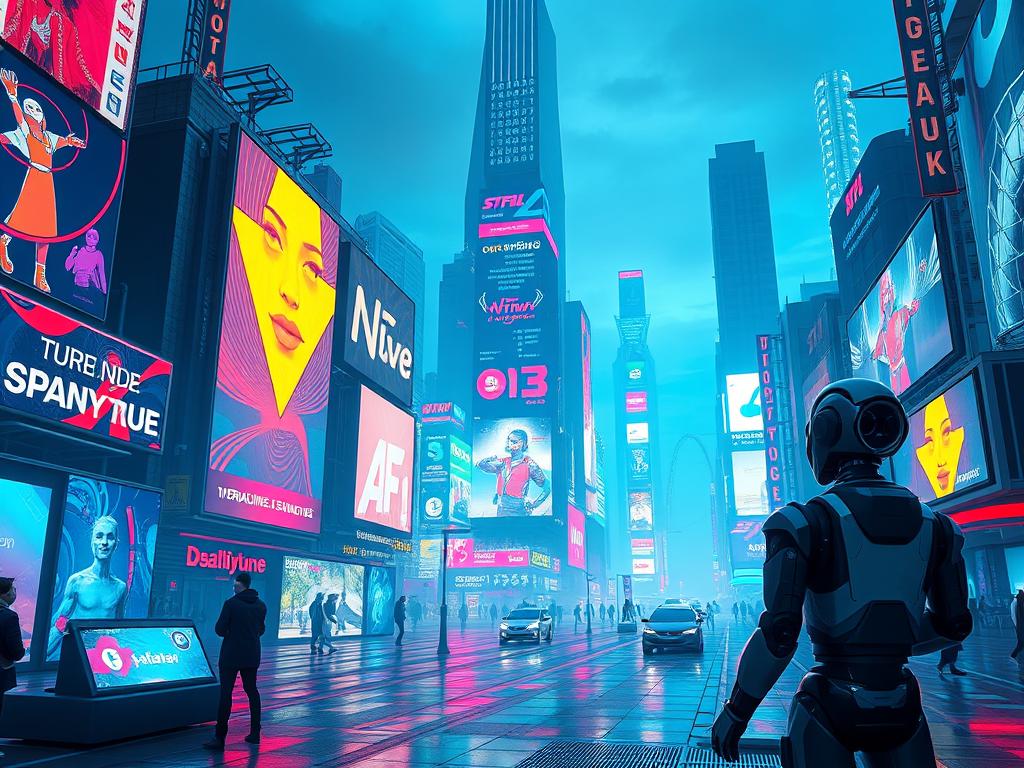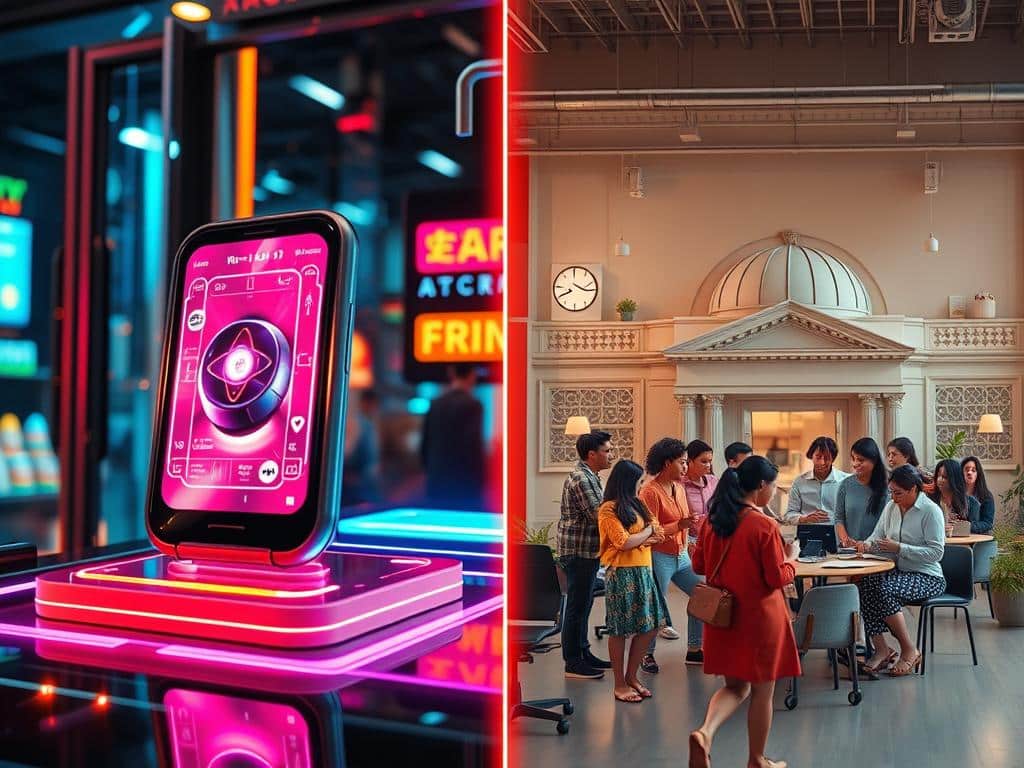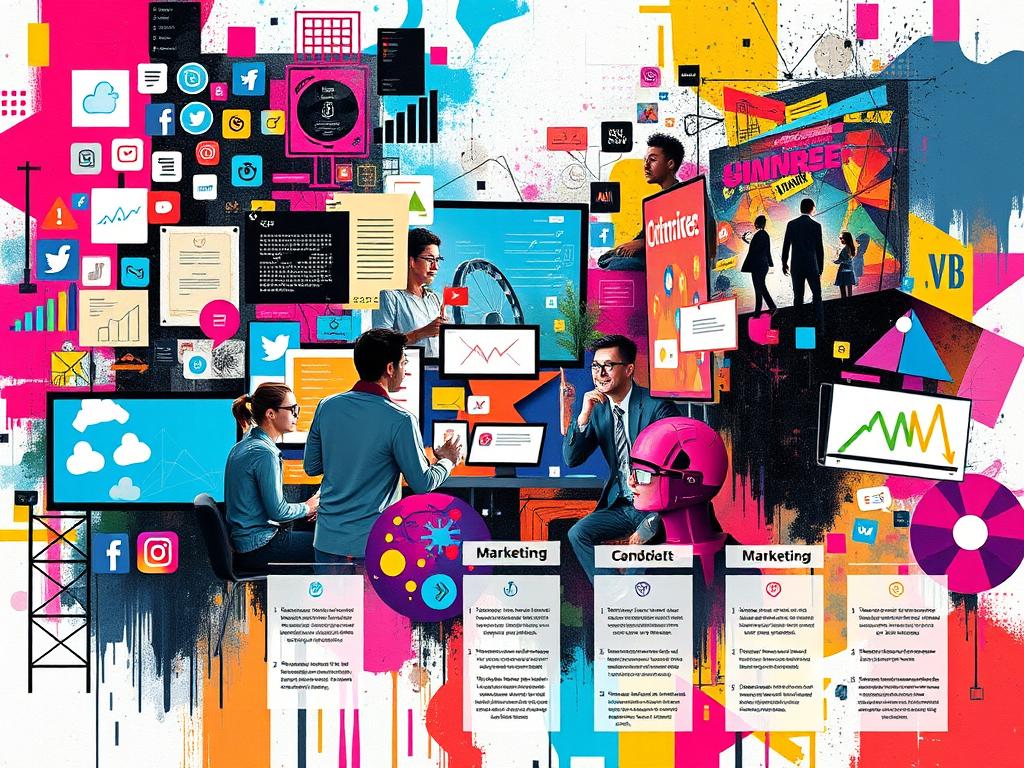Bandwagon advertising leverages social proof marketing to drive consumer behavior, tapping into the psychological principles of wanting to belong and the fear of missing out (FOMO). This marketing strategy shines particularly well in fast-paced industries where creating urgency and excitement can significantly boost brand awareness and sales. Notably, companies such as Coca-Cola and Apple have utilized bandwagon advertising to position their products as must-haves, seamlessly integrating consumer psychology in their campaigns.
The essence of bandwagon advertising hinges on portraying a product as widely accepted and popular, making customers feel that they need to jump on the trend to avoid being left out. Fitbit’s exponential growth from 1 million trackers in 2009 to over 22 million in 2016 is a prime example of how leveraging celebrity endorsements, user-generated content, and social sharing can create a desire to be part of the “in-crowd.”
Transparency in advertising is crucial to maintain consumer trust. Misleading consumers with fake popularity can backfire, but genuine positive testimonials and reviews exemplify how social proof can effectively convince potential buyers. In an age dominated by social media and influencer culture, bandwagon advertising continues to evolve, adapting new mediums to reach and influence modern audiences.
Introduction to Bandwagon Advertising Style
Bandwagon advertising emerges as a powerful marketing tactic, capturing consumer attention by emphasizing the popularity and widespread acceptance of a product. Defined by the message “Everyone’s doing it, so should you,” this approach taps into the fear of missing out and fosters trust through social proof. Understanding the origins and psychological underpinnings of this technique can shed light on its effectiveness in modern marketing campaigns.

Definition and Basics
Defining bandwagon effect reveals a fundamental principle: people’s tendency to adopt behaviors, products, or beliefs simply because a majority aligns with them. This effect is a cornerstone of advertising psychology, driving consumers to follow trends due to perceived popularity. Bandwagon advertising leverages this by showcasing endorsements from celebrities, influencers, and satisfied customers, often through platforms that highlight mass usage and acceptance.
For instance, Fitbit’s growth was fueled by bandwagon advertising techniques, including celebrity partnerships and user-generated content. By promoting through widely respected figures and everyday users, Fitbit cultivated a communal aura around their product, inviting new users to join an already established crowd.
Historical Context
The history of advertising psychology reveals that bandwagon techniques have roots tracing back to political campaigns. In the 19th century, Dan Rice, a renowned clown, ingeniously used the bandwagon approach to rally support for Zachary Taylor’s presidential campaign, ultimately contributing to Taylor’s success as the 12th U.S. president.
Modern applications, however, span a variety of industries. From consumer goods to public policy, demonstrating how widely accepted a product or idea is can significantly influence decisions. The continued relevance of this approach underscores its power in harnessing collective behavior, which is fundamental to the principles of mass marketing.
Psychological Principles
Bandwagon advertising heavily relies on psychological principles such as social proof and conformity. Social proof posits that individuals are more likely to engage in actions if they see others doing the same, as it validates the action’s appropriateness and safety. Studies show that this effect profoundly impacts consumer behavior, making bandwagon advertising a key strategy in effective product placement and promotion.
Additionally, the principles of mass marketing hinge on creating a perception of widespread usage and acceptance. Highlighting that “250,000 people have used this product” or displaying real-time customer activity can significantly enhance consumer trust and increase conversion rates. This method is effective across various advertising realms, from e-commerce websites like Treegear to high-ticket item promotions.
Tools such as customer testimonials and reviews, especially when authenticated with logos as seen in comScore’s test results showing a 69% improvement, amplify the bandwagon effect. Also, endorsements from celebrities or industry thought leaders can dramatically boost a brand’s perception, leading to substantial financial gains.
Understanding these psychological components is crucial in successfully leveraging bandwagon strategies in advertising campaigns. By tapping into the inherent social tendencies of humans, marketers can create compelling narratives that drive audience engagement and conversion.
Researchers continue to explore the nuances of this effect, affirming its position as a cornerstone of persuasive advertising techniques. To delve deeper into the strategies and examples of bandwagon advertising, explore further at Bandwagon Advertising and discover how top brands utilize these methods for growth.
Advantages of Bandwagon Advertising
Bandwagon advertising presents significant advantages that can directly impact your business growth strategies. By leveraging social proof, this approach builds trust and credibility among consumers, making it an effective element in marketing for conversion rate optimization.
Building Trust and Credibility
The foundation of bandwagon advertising is social proof, which enhances consumer confidence in your brand. When people see others endorsing or using your products, it reinforces the notion that your offerings are credible and worth the investment. Featuring customer testimonials and industry accolades further solidifies this trust. Brands like Maybelline and Oral B have effectively utilized patriotic appeals to build brand loyalty by positioning their products as popular and trusted choices.
Creating Urgency and FOMO
Another critical advantage of bandwagon advertising is its ability to create a sense of urgency and Fear of Missing Out (FOMO). Limited-time offers and scarcity tactics urge consumers to act quickly to avoid missing out on popular products. For example, McDonald’s frequently uses limited-time promotions like the Shamrock Shake or McRib to generate buzz and prompt immediate purchases. Similarly, Tony Robbins’ seminars often highlight limited ticket availability to instill urgency among potential attendees.
Boosting Brand Awareness and Sales
Bandwagon advertising also plays a pivotal role in boosting brand awareness and driving sales. Campaigns that showcase a product’s popularity, such as political slogans by Barack Obama and Donald Trump, successfully attract consumer interest by presenting the product or service as the winning choice. This method has also been seen with Chevrolet’s comparative commercials, which leverage their trucks’ perceived superiority. Such strategies not only enhance visibility but also translate into tangible sales growth.
Marketing campaigns that incorporate these elements often experience increased consumer engagement and higher conversion rates, essential components of effective business growth strategies. For example, Fitbit’s use of celebrity pairings and user-generated content demonstrated the widespread acceptance and enjoyment of their products, contributing to an infectious ripple effect of purchase interest.
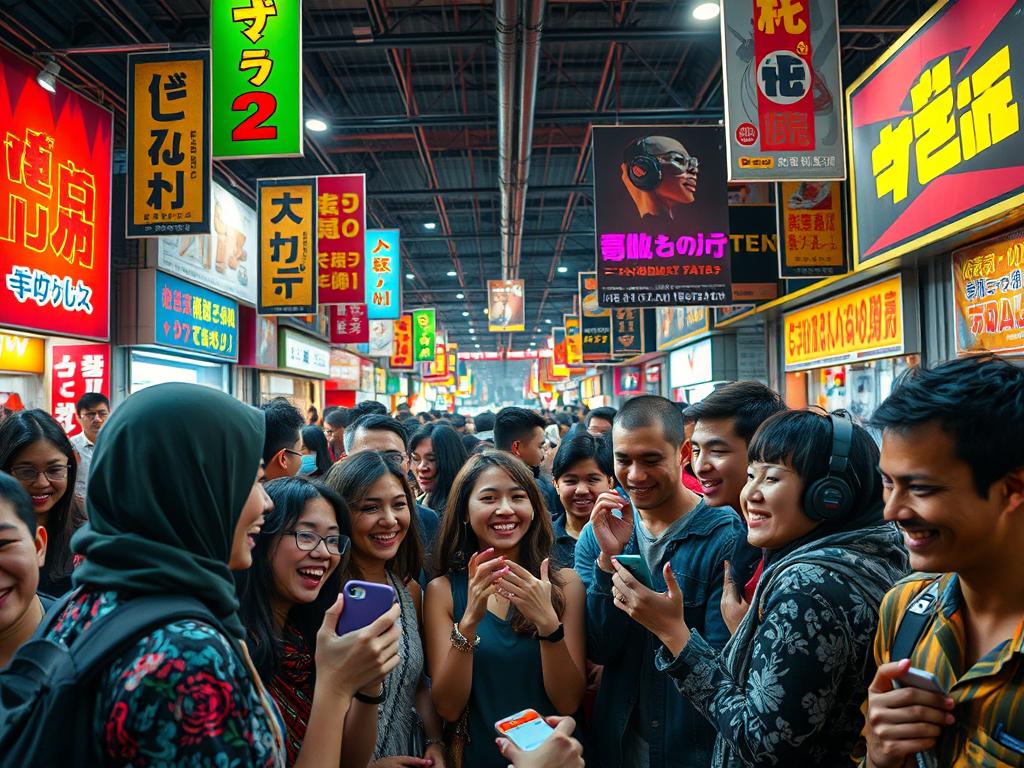
Below is a table that highlights key examples of bandwagon advertising, illustrating how these campaigns have leveraged social proof to boost brand visibility and sales.
| Brand | Campaign Strategy | Impact |
|---|---|---|
| Maybelline | Patriotic appeal with “America’s favorite mascara” | Increased trust and sales |
| Oral B | Patriotic appeal in Australia | Enhanced credibility and market share |
| McDonald’s | Limited-time promotions like the Shamrock Shake | Boost in immediate purchases |
| Chevrolet | Comparative advertising with F-150 | Perception of superiority, increased sales |
| Tony Robbins | Limited ticket availability for seminars | Urgency and higher ticket sales |
What Is The Focus Of The Bandwagon Advertising Style
Bandwagon advertising primarily aims to influence consumer choice by leveraging social proof and the fear of missing out. It capitalizes on the human inclination to align with popular trends, convincing consumers that a product is better because others, especially influencers, are already using it. This strategy not only communicates the benefits of a product but frames its use as a social norm, making the consumer feel intrinsically connected to a satisfied customer base. One of the key aspects of these effective advertising strategies is their ability to create a nearly inescapable social norm.
For instance, Fitbit has effectively utilized bandwagon advertising to fuel the rapid growth of its fitness trackers. By 2012, Fitbit had sold over 1 million fitness trackers, and by 2016, this number had soared to over 22 million. This impressive growth was driven by marketing communication tactics such as partnering with celebrities, promoting user-generated content, and integrating sharing features into its products to enhance user engagement and social proof.
Bandwagon advertising focuses on building trust and credibility, creating a sense of urgency, and boosting brand awareness and sales. It does so by making consumers feel a fear of missing out if they don’t join the ‘bandwagon.’ Effective examples include user-generated content competitions, nostalgia-driven campaigns, interactive online polls, customer testimonials, comparative advertising, and influencer endorsements. By employing these varied methods, companies can appeal directly to the consumer’s desire to be part of a popular movement.
The ultimate goal of bandwagon advertising is to target your desire to fit in and be part of something popular. By consistently employing these marketing strategies, advertisers can successfully influence consumer behavior and create a loyal customer base. Understanding the psychological principles behind these tactics is crucial for any marketer looking to optimize their advertising campaigns.
Prominent Examples of Bandwagon Advertising
Bandwagon advertising has been skillfully leveraged by many iconic brands, demonstrating its powerful impact through a variety of high-impact tactics. One central aspect is the use of celebrity endorsements, which undeniably fosters consumer connection with products admired by famous personalities.
Successful Celebrity Endorsements
Case studies of brand success often highlight how leveraging influencers for marketing can significantly boost brand visibility and credibility. Take Fitbit, for example. By partnering with well-known celebrities, Fitbit has been able to authentically integrate their products into the lifestyles of admired figures, consequently amplifying market reach and driving consumer initiation.
User-Generated Content Campaigns
User-generated content campaigns serve as another compelling method within bandwagon advertising. Brands like Fitbit have successfully executed campaigns that showcase real user experiences and enjoyment of their products. These campaigns are a prime example of viral marketing campaigns that enhance relatability and authenticity, deeply resonating with the audience and fostering greater engagement.
Limited Time Offers and Urgency Creation
Creating urgency through limited time offers is a proven bandwagon tactic that induces immediate consumer action. For instance, McDonald’s frequently employs this strategy with their recurring promotions. These promotions generate an annual buzz that propels customers to act quickly before missing out, exemplifying how urgency creation can effectively convert consumer interest into immediate purchases.
Together, these examples showcase how brands effectively utilize the principles of bandwagon advertising to leverage influencers for marketing, execute successful user-generated content campaigns, and develop viral marketing campaigns that ultimately drive consumer behavior and strengthen brand success.
Is the Bandwagon Advertising Style an Effective Persuasive Technique?
The bandwagon advertising style is a compelling strategy that thrives on social proof, leveraging the audience’s fear of missing out. Among various advertising persuasion techniques, it effectively encourages individuals to follow trends by showcasing widespread popularity, building a sense of belonging, and prompting consumer action through the power of collective endorsement.
Conclusion
In summary, the focus of the bandwagon advertising style is to engender a collective acceptance and desire for a product among a target audience. This marketing approach taps into the psychological principles of inclusion, trust, and urgency to drive consumer action incentives. Whether it’s the rise in Fitbit’s tracker sales or the buzz around McDonald’s seasonal specials, bandwagon advertising demonstrates a potent ability to harness herd mentality for commercial success.
Understanding and employing this advertising strategy can be an influential endeavor for businesses aiming to maximize advertising impact and build a robust, loyal customer base. The bandwagon effect leverages key elements like social proof and the fear of missing out (FOMO), leading consumers to make purchasing decisions based on the behavior of their peers. This phenomenon spreads quickly through a positive feedback loop, where the actions of early adopters encourage others to follow suit.
Incorporating bandwagon advertising requires careful analyzing of advertising outcomes to ensure that the strategy aligns with your brand and consumer base. By fostering a sense of belonging and emphasizing prevailing trends, businesses can effectively capitalize on the bandwagon effect to drive sales and enhance market presence. Adopting this approach not only aids in immediate sales boosts but also helps in long-term brand building and consumer loyalty.




